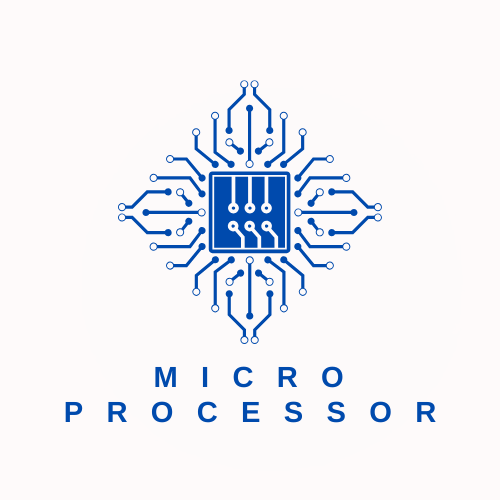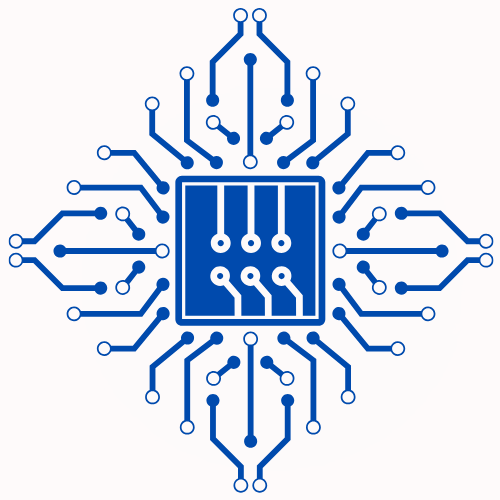After working with hardware systems for over two decades, I can tell you this: the microprocessor is, without a doubt, the cornerstone of modern digital electronics. It’s the reason we’ve moved from room-sized computers to palm-sized smartphones. Let’s set aside the hype and get into what a microprocessor really is from a hardware standpoint.
At its core, a microprocessor is a single-chip CPU. It’s a programmable IC that runs instructions, performs arithmetic and logic operations, handles control signals, and manages basic I/O — all based on clock cycles. It’s built using dense semiconductor processes, but from a system perspective, it’s just the component that reads instructions and drives the rest of the hardware accordingly.
The key point to understand — and something I’ve seen people overlook time and again — is that a microprocessor is never working alone. It relies heavily on its supporting components. When we design a board, the microprocessor is connected to RAM (for volatile working memory), ROM or flash (for firmware), and a set of I/O controllers — everything wired through buses like address, data, and control lines. Its job is to fetch machine-level instructions stored in memory, execute them step by step using the ALU and control logic, and then move data to the appropriate memory location or I/O port. For example, if you press a key on a keyboard, that signal gets routed through an interface controller, then the processor interprets the scan code, processes it, and might display a character on the screen — all within microseconds. The microprocessor doesn’t “know” what a display or keyboard is — it just reads binary signals and responds according to how we’ve programmed the system logic. The microprocessor is just a general-purpose processing unit — what matters is how you integrate it into the system. It doesn’t do much on its own. When Intel launched the 4004 in the early ’70s, it was only a 4-bit chip, barely enough for basic tasks. But it proved that you could shrink CPU logic into a single IC — and that changed everything.Back in the 1970s, when Intel introduced the 4004 — the first commercially available microprocessor — it could process only 4 bits of data at a time. It was revolutionary, though limited. Today’s microprocessors (like Intel Core i9 or Apple’s M-series chips) pack billions of transistors on a single chip, handle 64-bit instructions, run at gigahertz speeds, and integrate features like multiple cores, GPU acceleration, AI engines, and more.
From a design standpoint, a microprocessor contains several key components:
- ALU (Arithmetic Logic Unit): Handles all the math and logic operations.
- Control Unit: Directs how data moves and which instruction to execute next.
- Registers: Small, fast memory locations inside the processor for temporary data.
- Clock: Keeps everything synchronized, dictating how fast the processor runs.
One thing that still amazes me is how microprocessors execute billions of instructions per second, yet every operation they perform boils down to fundamental logic gates — AND, OR, NOT — interacting through precise timing and voltage control.
Microprocessors are found everywhere: in computers, of course, but also in embedded systems — like your microwave, car engine, or smart thermostat. When used in embedded environments, they’re sometimes called microcontrollers (though technically, those are slightly different — microcontrollers often include built-in memory and I/O interfaces).
Designing systems with microprocessors means taking into account of heat dissipation, clock timing, power delivery, bus bandwidth, and firmware compatibility.
To sum it up: Working with microprocessors isn’t about some abstract magic — it’s about precision. Every clock cycle, every instruction, every bit on the bus matters. What makes this work interesting after all these years is that you’re constantly solving real, physical problems — signal integrity, timing issues, power budgets, thermal constraints — while making sure the chip does exactly what it’s supposed to do. A microprocessor is just a chip, yes, but it’s one that runs the show. It decodes binary instructions, pushes data through pipelines, sets flags, jumps, branches — all at hardware speed. The software guys see lines of code. We see timing diagrams, register maps, and bus contention. That’s the level where the real control happens — and if you get it wrong, the whole system grinds to a halt. That’s why we respect the silicon.

